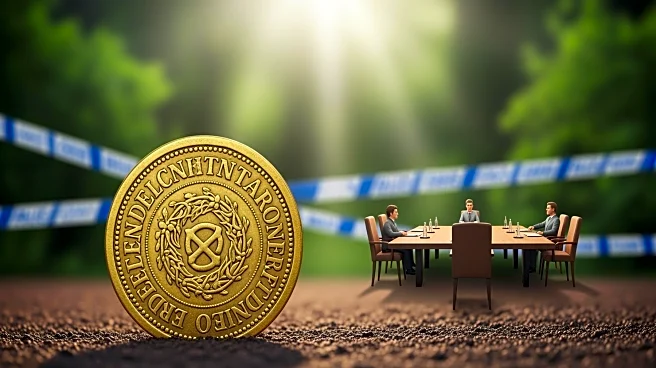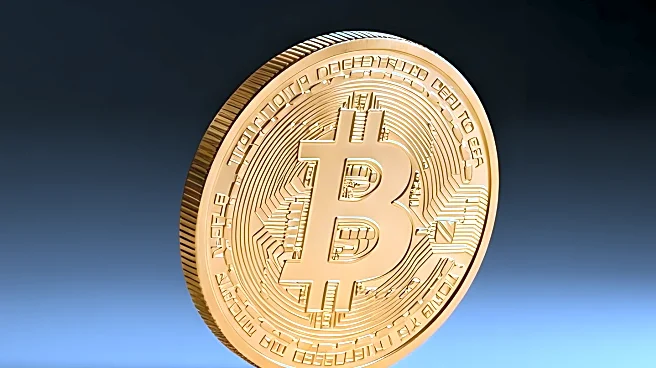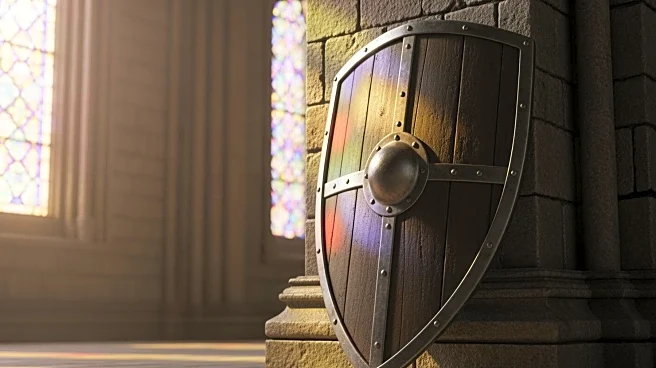What's Happening?
A volunteer metal detectorist in Germany has uncovered a 2,200-year-old Celtic gold coin, marking Saxony's oldest gold find to date. The coin, weighing two grams and in near-mint condition, was found in Gundorf, northwest of Leipzig. This discovery, classified
as a quarter stater, predates previously known specimens and offers new insights into ancient trade links between the Celts and central European communities. The coin's curved, cup-like form, known as a 'rainbow cup,' features detailed designs, including a stylized animal head and a curved neck ring. The State Office for Archaeology Saxony confirmed the coin's authenticity and preservation, highlighting its significance in pre-Roman European history.
Why It's Important?
The discovery of the Celtic gold coin in Saxony challenges traditional boundaries of Celtic settlement, suggesting more extensive cross-cultural exchanges between the Celts and central European peoples. This find adds to the growing evidence of regular contacts and connections, as similar coins have been found in northern Bohemia, a Celtic stronghold. The coin likely served as a prestige object rather than currency, indicating its role in demonstrating power and alliance among elite members of society. The find underscores the importance of citizen contributions to cultural heritage research and protection.
What's Next?
The discovery may prompt further archaeological surveys in Saxony to explore the extent of Celtic influence and trade in the region. Researchers might investigate other potential sites for similar artifacts, enhancing understanding of ancient European trade networks. The find could also inspire public interest and engagement in archaeology, encouraging more volunteers to participate in field surveys.
Beyond the Headlines
The coin's discovery highlights ethical considerations in archaeology, emphasizing the role of volunteers in preserving cultural heritage. It also raises questions about the legal frameworks governing such finds and the responsibilities of individuals in reporting and handling historical artifacts.















